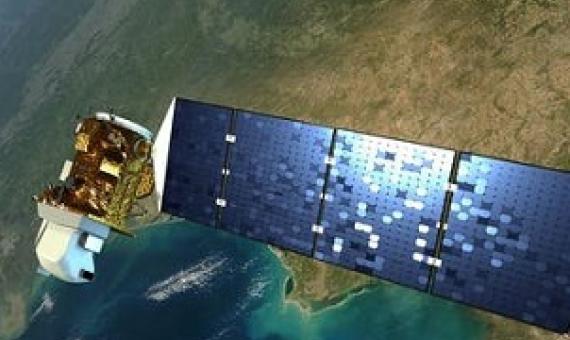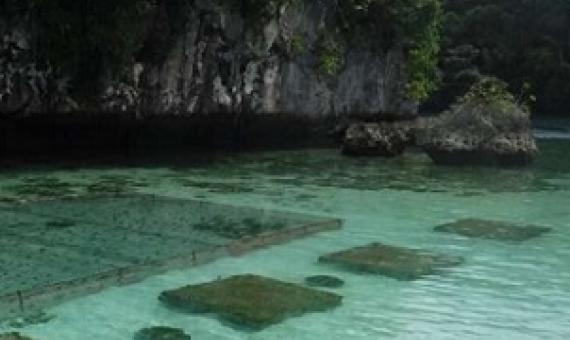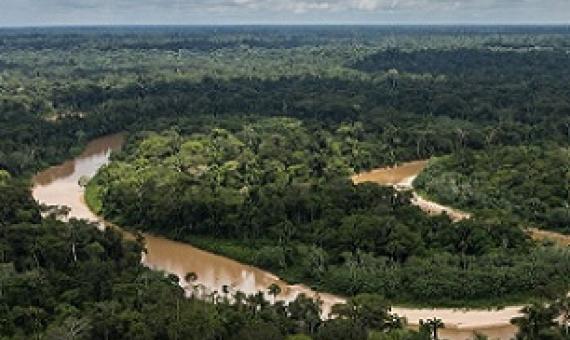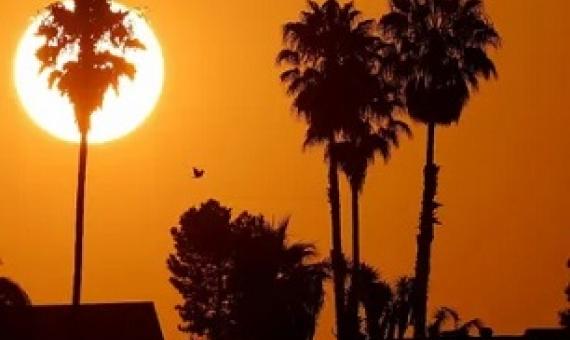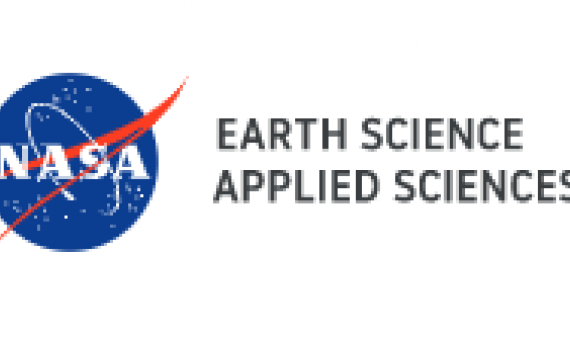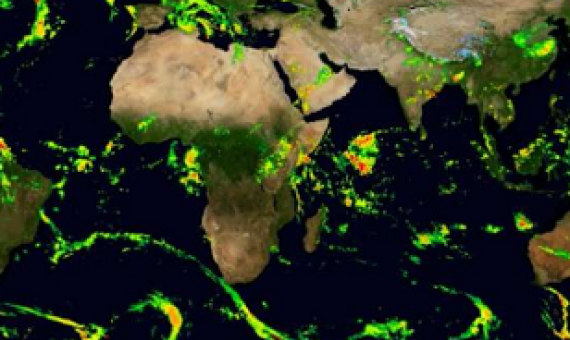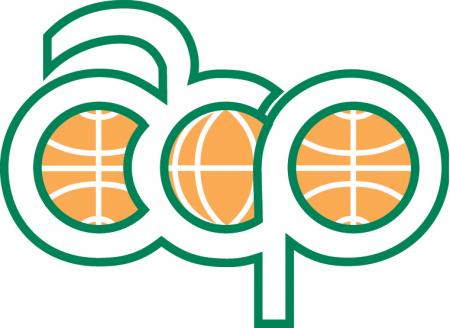Fifty years ago, U.S. scientists launched a satellite that dramatically changed how we see the world.
People in Palau, a small nation with a population of about 20,000, consume more wild fish per capita than nearly any other country in the world.
The finding comes out of an effort to map where vegetation is emitting and soaking up carbon dioxide from the atmosphere...The research found that over the course of those two decades, living woody plants were responsible for more than 80% of the sources and sinks on land, with soil, leaf litter,
The Earth is trapping nearly twice as much heat as it did in 2005, according to new research, described as an “unprecedented” increase amid the climate crisis.
Guam is featured in a game developed by NASA to help coral reefs around the world...NeMO-Net is a coral classification game that lets you embark on a virtual research vessel and travel the oceans, analyzing actual images of corals on the sea floor.
Remote sensing of coastal and marine ecosystems is particularly challenging.
Earth is a pale, blue dot when seen from space. Its blue color is due to our home planet being 71% covered in water. NASA monitors Earth's water from space, the skies, ground stations on land, ships sailing the seas and even with apps on mobile phones.

